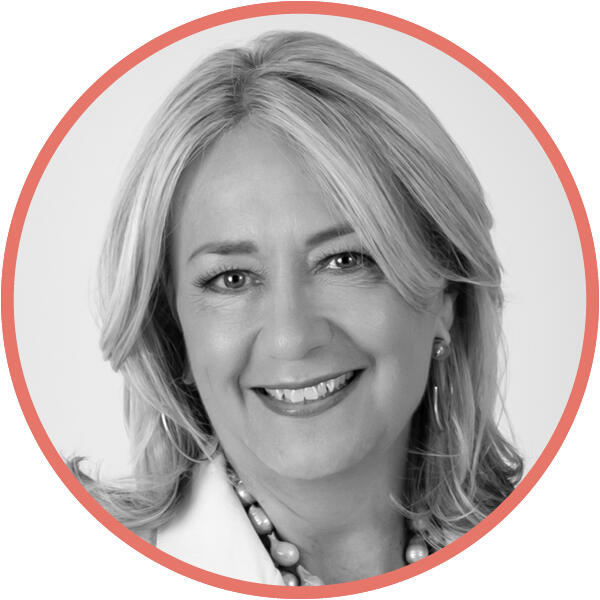A series of personal crises prompted Naples, Florida–based Lisa Kahn to rethink the meaning of her work, prompting a spiritual epiphany that helped turn the tide. By harnessing the power of gratitude and nature to create spaces that promote inner and outer peace, Kahn found abundance in both business and life.

What was the change you needed to make to spring ahead?
Twelve years ago, when I was 10 years into my business, I went through a very dark period. I think we all go there from time to time. My daughter has had special needs since she was about 18 months old: developmental disabilities, attention problems and behavior issues. When she turned 11, she started having seizures that would last eight hours if you didn’t treat them. We spent weeks at a time in children’s hospitals with electrodes glued to her head, trying different medications and to get to the cause.

BOH subscribers and BOH Insiders.











































